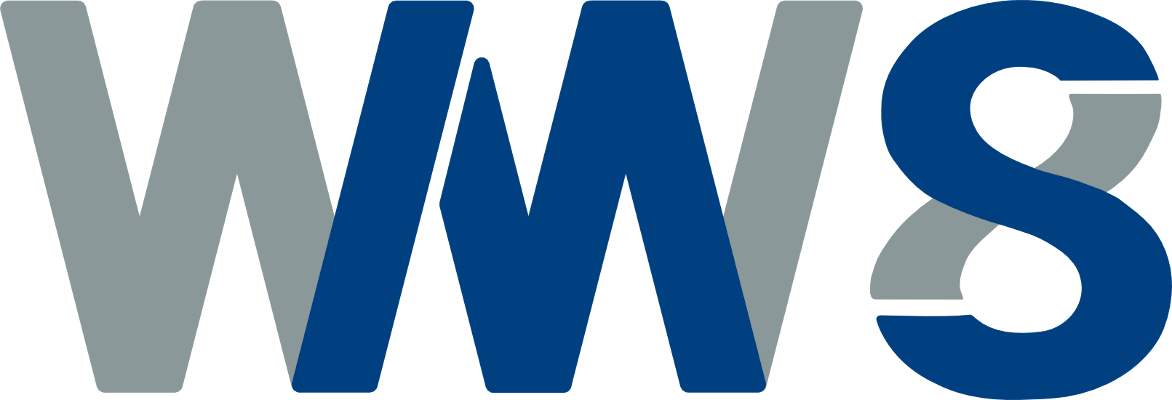Fluid flow, heat transfer and particle distribution in electromagnetic stirrer
Samaneh Nasiri
Institute of Materials Simulation WW8, FAU
Wednesday, 29. October 2014, 17:00
WW8, Room 2.018-2, Dr.-Mack-Str. 77, Fürth
Electromagnetic stirring is one of the low-cost techniques with less pollution and high controllability for metal matrix composites production. Numerous models of computational fluid dynamics have been developed to study the fluid flow in induction stirred ladles in continues casting processes in the recent years. The current work focuses on the fluid flow simulation and heat transfer of aluminium and steel’s melts in an electromagnetic stirred ladle. Ceramic particles distribution in such a system has been studied. We used a two-dimensional model based on an electromagnetic model and a fluid flow model. Magnetic forces applied on the melts are calculated for two different currents of 11 and 30 A and two different frequencies of 5 and 50 Hz using the commercial COMSOL software. The simulation results are in good agreement with the experimental data. An axisymmetric two-dimensional model in the FLUENT software was used to solve the equations of fluid flow and heat transfer. A free surface condition is very important for the melt movement in the stirrer. Therefore, a two-phase (air-melt) model is used. DISCRETE PHASE model in the FLUENT software is performed to study the motion and the particle distribution in the melts.
Our results indicate that the magnetic force being exerted on the melt, increases as the current and the frequency increase from 11 to 30 A and 5 to 50 Hz, respectively. This leads to an increase in the melt’s velocity as well. The optimized conditions in which particles are well distributed has been observed at the frequency and current of 50 Hz and 11 A in the case of aluminium. This condition has been found at 50 Hz and 30 A in the case of steel. Aluminium melt reaches to its solidus threshold after 60 sec. This amount is 90 sec for steel. Therefore, the best time for the particle injection is the first 20 sec for aluminium and the first 40 sec for steel. The optimized injection velocity has been found to be 5 lit/min for nano-particles. This amount decreases to 1 lit/min for micro-particles. Finding an optimized stirring time for particles in the scale of millimeter plays a crucial role in obtaining a uniform particle distribution.

